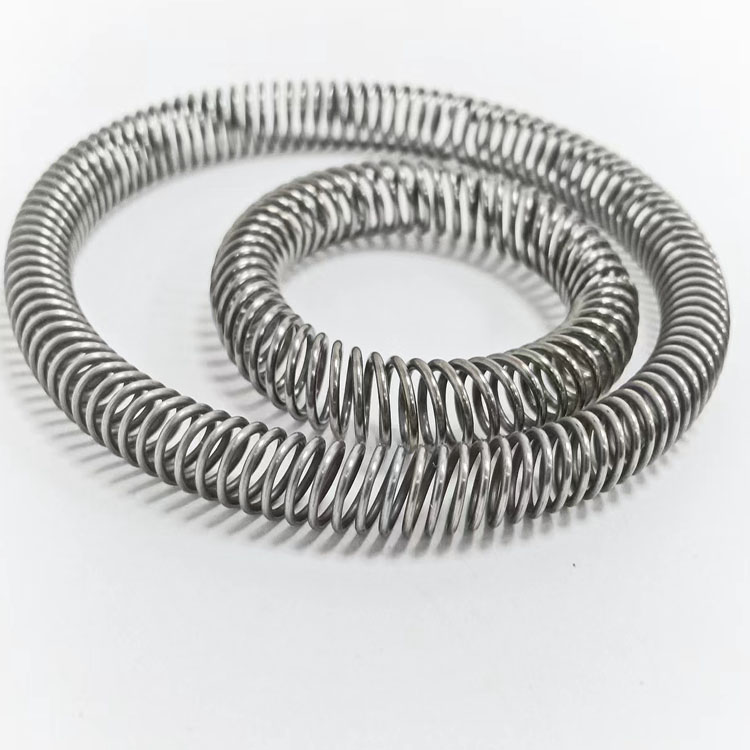Canted coil spring manufacturing refers to the process of producing canted coil springs, which are specialized helical springs with a unique design that provides non-linear or variable spring characteristics.
①Wire Selection: Choosing the appropriate wire material based on the desired properties of the spring, such as strength, corrosion resistance, and flexibility.
②Wire Preparation: Straightening and cutting the wire into the required length for coiling.
③Coiling: Using specialized equipment to wind the wire into a canted coil shape. The coils are intentionally offset or tilted, giving the spring its unique non-linear or variable characteristics.
④Heat Treatment: Subjecting the spring to heat treatment processes, such as stress relieving, tempering, or quenching, to enhance its mechanical properties and provide the desired spring characteristics.

⑤Surface Treatment: Applying surface treatments, such as shot peening, electroplating, or coating, to improve the spring’s corrosion resistance, wear resistance, or aesthetic appearance.
⑥Inspection and Quality Control: Conducting thorough inspections, including dimensional checks, load testing, and visual inspections, to ensure the manufactured canted coil springs meet the required specifications and quality standards.
⑦Packaging and Delivery: Packaging the finished them according to customer requirements and arranging their shipment or delivery to the intended destination.
Canted coil springs are commonly used in applications where non-linear or variable spring characteristics are desired, such as in valves, dampers, clutches, and various mechanical systems. The manufacturing process ensures that the canted coil springs meet the required specifications and provide reliable performance in their intended applications.